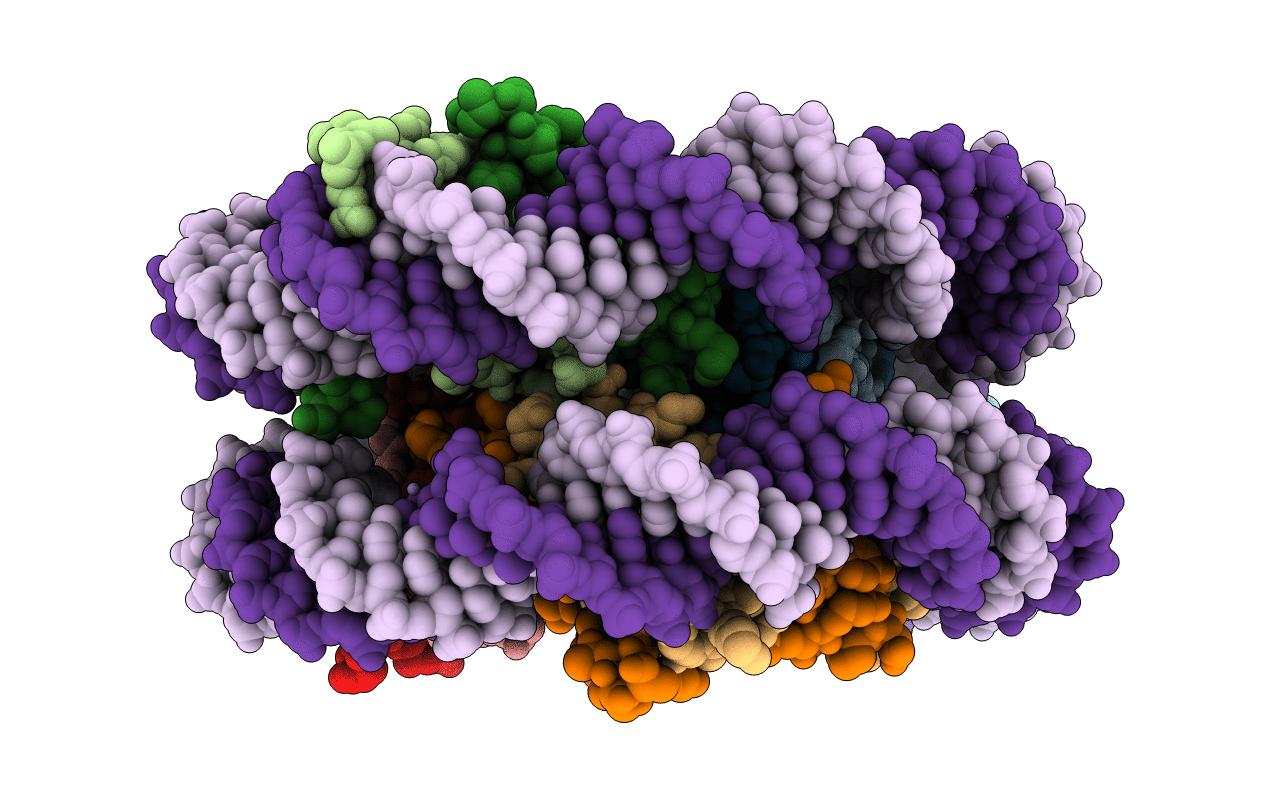
Deposition Date
2018-02-13
Release Date
2019-02-13
Last Version Date
2023-11-22
Entry Detail
PDB ID:
5ZBX
Keywords:
Title:
The crystal structure of the nucleosome containing histone H3.1 CATD(V76Q, K77D)
Biological Source:
Source Organism:
Homo sapiens (Taxon ID: 9606)
Host Organism:
Method Details:
Experimental Method:
Resolution:
2.58 Å
R-Value Free:
0.24
R-Value Work:
0.21
R-Value Observed:
0.21
Space Group:
P 21 21 21


